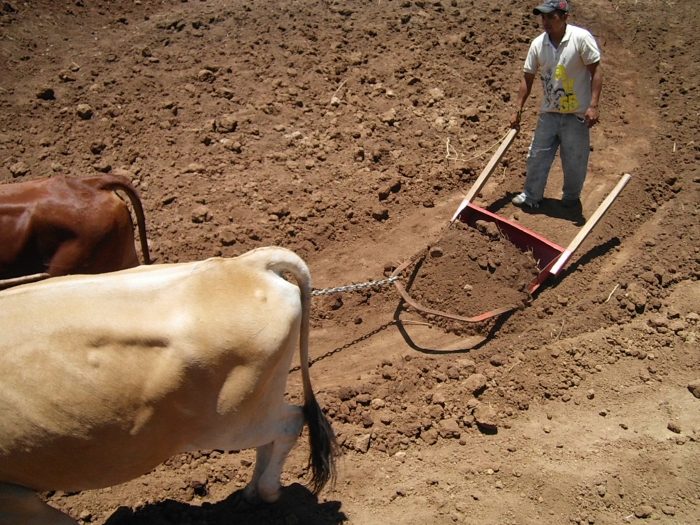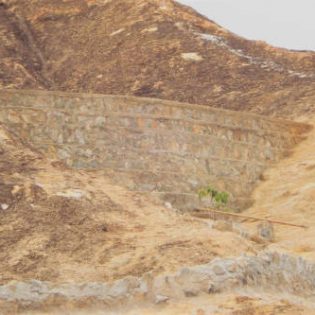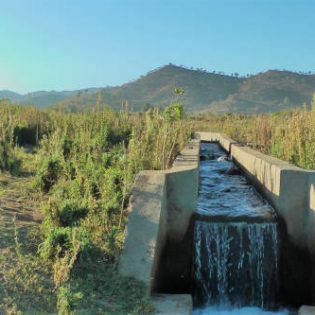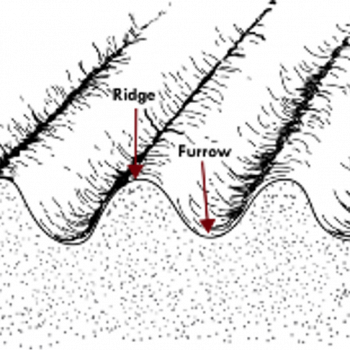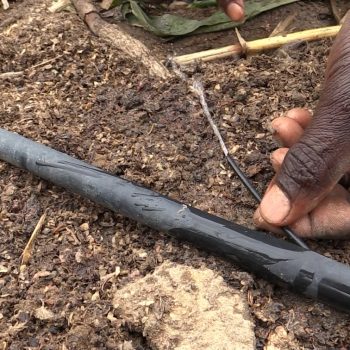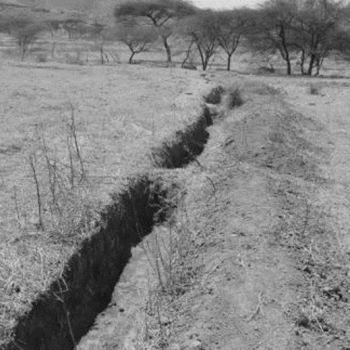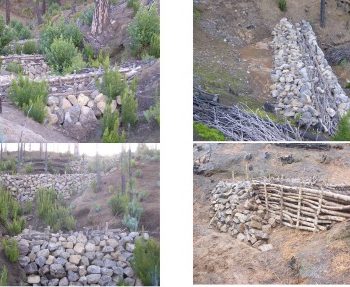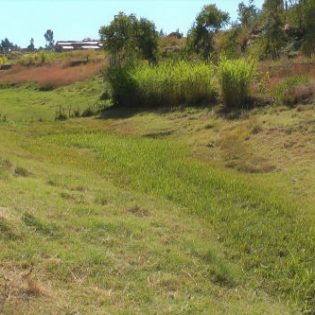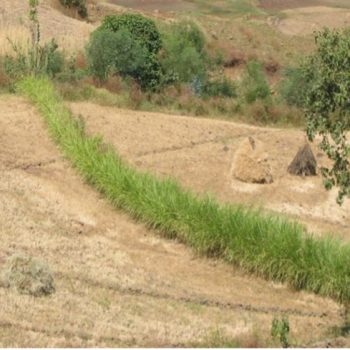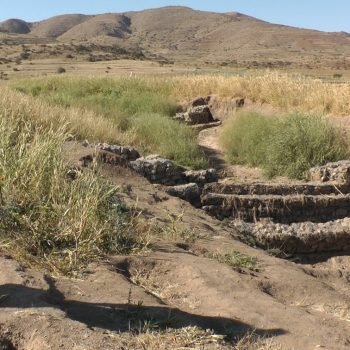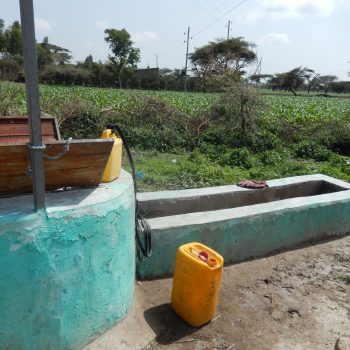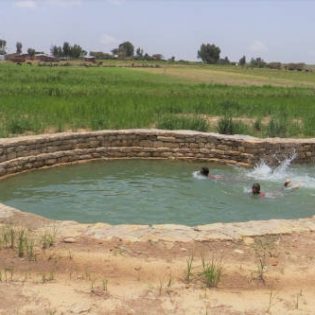| Levelling, smoothing and shaping the field surface is often forgotten as one of the first measure that can improve irrigation water distribution in the field, reduce non-beneficial evaporation and in the long run help in avoiding water logging and salinisation (to varying degree). It is a process for ensuring that the depths and water discharge variations over the field are relatively uniform and, as a result, that water distribution in the root zone is uniform facilitating equal access for all crops. Depending on irrigation method and the disruption following harvesting, land levelling needs to be considered after every season. The preparation of the field surface for conveyance and distribution of irrigation water is as important to efficient surface irrigation as any other single management practice the farmer employs.
There are two main land levelling philosophies: (1) to provide a slope which fits a water supply; and (2) to level the field to its best condition with minimal earth movement and then vary the water supply for the field condition. The second philosophy is generally the most feasible. Because land levelling is expensive and large earth movements may leave significant areas of the field without fertile topsoil, this second philosophy is also generally the most economic approach. Although this approach may not always practically feasible when irrigating large plots of land or when mechanised land preparation takes place. |
Additional information
| (semi) Natural unused areas | (semi) Natural unused areas |
|---|---|
| Agriculture | Flood/spate irrigated, Irrigated, Rainfed (Crop) |
